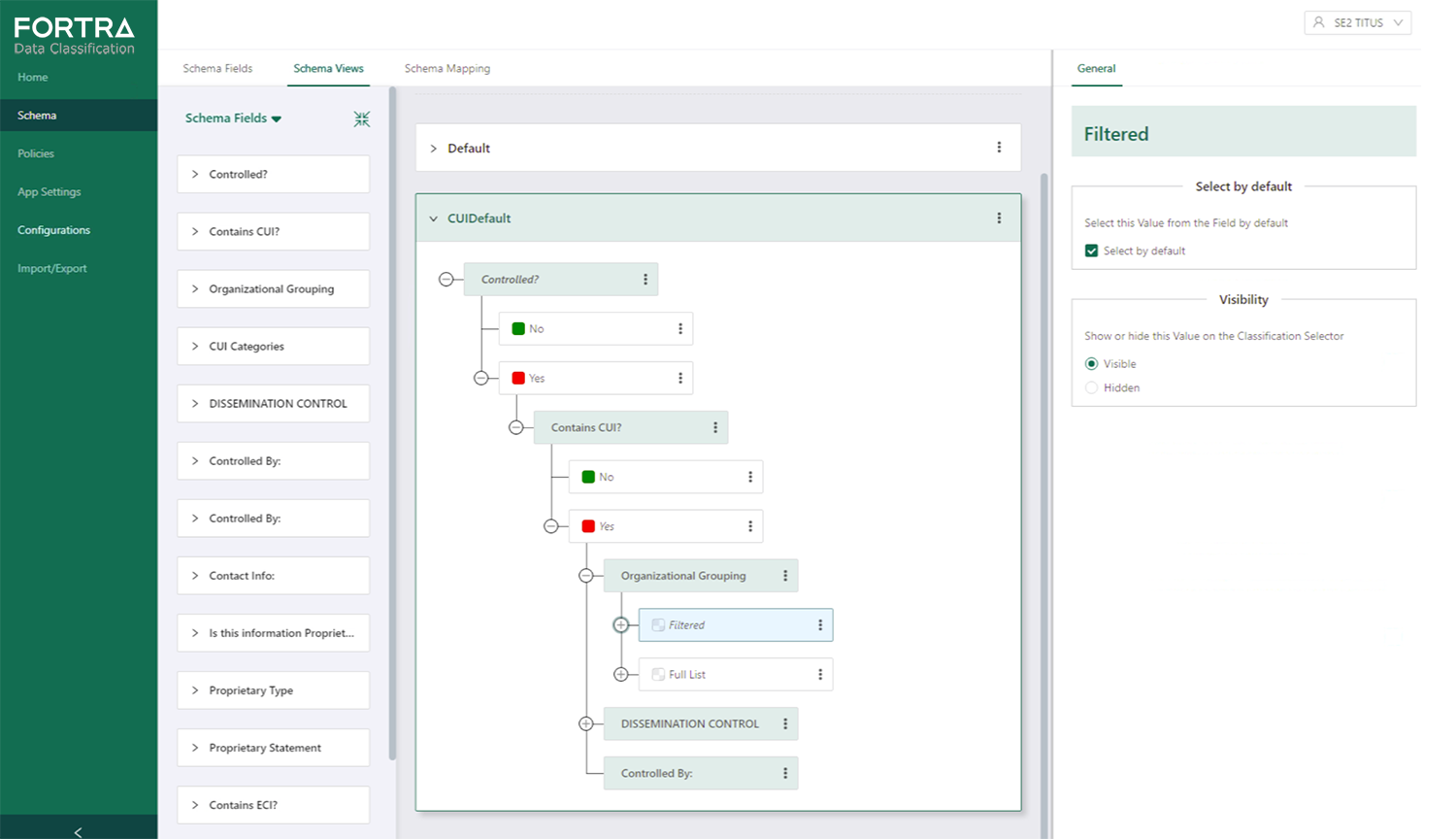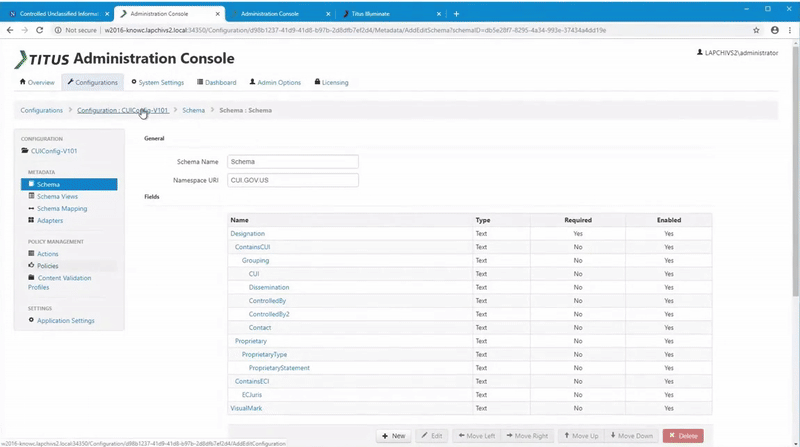Fortra’s Data Classification Suite simplifies CMMC compliance by ensuring CUI is properly identified, marked, and protected. Here’s how it helps:
Text
Pre-Built CUI Templates
Quickly apply required CUI marking capabilities across Microsoft Office tools with minimal setup.
Automated CUI Marking
Ensure CUI markings are legible by DLP, ABAC, and encryption systems, while compliant with NARA standards.
Flexible & Future-Proof Adaptability
Instantly update classifications to align with evolving CUI standards—no vendor delays.
Seamless Deployment, No FedRAMP Requirement
Runs directly within Office applications and endpoints with flexible hosting options.
Image

Our pre-built CUI template ensures consistency in the marking of unstructured data while delivering the schema customization necessary to modify or enhance deployment.
Image

Text
Learn How Fortra Data Classification Fast Tracks CMMC Compliance
Benefits
Streamlined CMMC Compliance
Reduced Administrative Burden
Seamless Integration with Existing Workflows
Adaptable to Changing Regulations
Image

Trusted by Customers Across the Globe
Image

Image

Image

Start Your CMMC Compliance Journey with Fortra's Data Classification Suite
Request a demo to see how Fortra can support your unique compliance requirements.